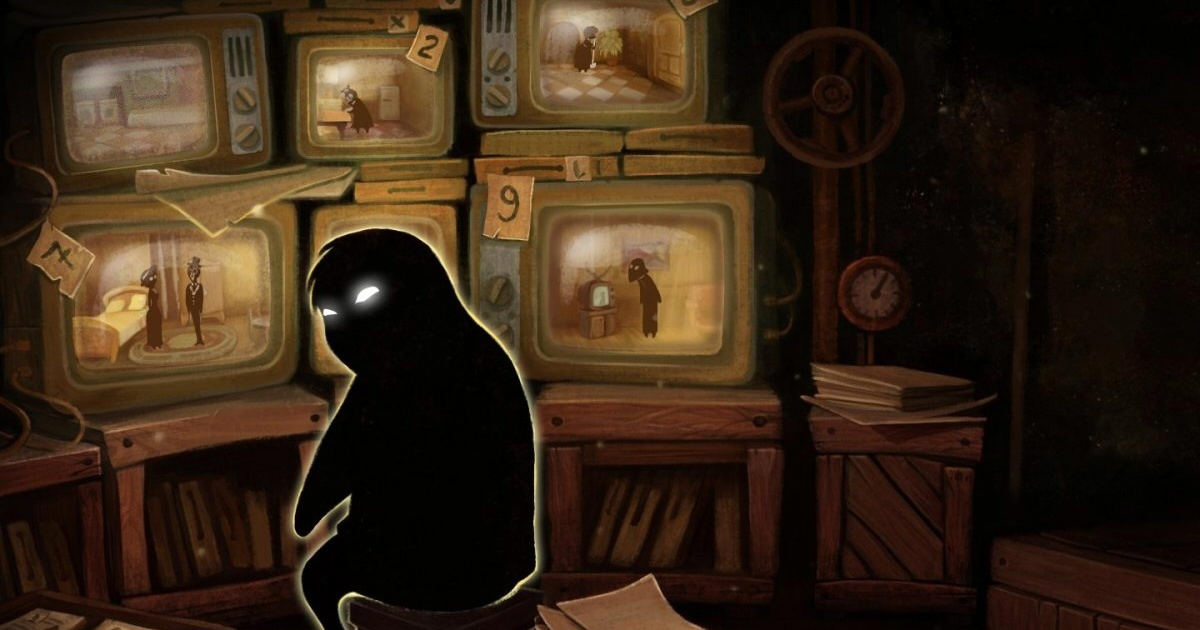Paintbucket: about the features and difficulties of developing Beholder 3
Despite the fact that the previous parts of Beholder were developed by Warm Lamp Games, the publisher Alawar attracted the German indie studio Paintbucket Games to create the third one. Co-founder of the company Jörg Friedrich (Jörg Friedrich) in the framework of Talents in Games Conference 2022 spoke about the features and problems of working on Beholder 3.

What is the basis of the Beholder seriesThe persecution and oppression of people by the state is one of the main themes of the series;
- aesthetics and key elements are created with an eye to dystopian novels and films such as “1984” and “The Lives of Others”. The developers were also inspired by examples of real-life totalitarian regimes;
- The omniscient and omnipotent Ministry is one of the main pillars of the series. He has eyes and ears everywhere;
- the family of the main character embodies in the game all that is simple and human that remains in the totalitarian world. Beholder pays a lot of attention to the topic of family;
- moral choices are an important part of the gameplay. There are no good or bad decisions among them, each of them affects the plot in different ways;
- Despite the dystopian mood, there is always a place for black humor in Beholder.
When working on the third part, Paintbucket took these features into account and wanted to transfer some of them into its game.
To do this, the developers needed to carefully study the gameplay of the first two parts of Beholder.

Beholder 1Analysis of the key mechanics of the first and second parts of Beholder
Despite the common gameplay elements, the first and second parts are very different:
- One of the most important mechanics of the first Beholder was surveillance. The player had to watch neighbors through cameras in their apartments, then inform on them or blackmail them;
- Paintbucket noted that this mechanic works effectively with real-time mode and is closely intertwined with the main theme of the game;

Surveillance in Beholder 1There are mini-games in Beholder 2.
- For example, the hero could interact with citizens through a work computer and send them to different departments of the Ministry;
- Friedrich was reminded of Papers, Please. He noted that the system of mini-games allowed to learn a lot about the game world. However, the studio decided not to add it to Beholder 3;

Beholder 2 Mini-gameboth games in the series have point-n-click elements.
- They are used in moments of communication with NPCs, or when interacting with game items.
Beholder 3 concept
- The game takes place in a new country called the Great Union. Thus, Paintbucket did not want to contradict the storylines of the first two games;
- the studio decided to return to the roots. To do this, she put the family theme at the forefront, and also returned the NPC surveillance system;

Beholder 3As in the second part, the location of Beholder 3 is the Ministry;
- The events take place in 1989, four years after Beholder 2. During this time, a lot has changed in the game world. The Wise Leader (and with him the Ministry) had to adapt in order to retain power. This led to certain reforms;
- opponents of reforms have also appeared, seeking to sabotage any changes. In this regard, Paintbucket has added three fractions. The player can cooperate with their representatives to stay alive and protect the family;
- the studio tried to bring back the “dollhouse” effect characteristic of the original Beholder. As in the first part, the players had the opportunity to spy on their neighbors, but at the same time the hero of the third part acquired his own opinion about what was happening around. This was reflected in the game interactions and dialogues.
Features and problems of Beholder 3 development
- Paintbucket had 15 months to develop, from pre-production to release;
- in order to meet deadlines and create a strong story, the developers invited an experienced writer Lena Falkenhagen to the position of narrative director;

Beholder 3 Quest SystemFalkenhagen insisted that the team initially develop a quest system.
- As Friedrich noted, as a result, it significantly saved the studio time and improved the quality of the game;
- The team was also helped by a demo version created specifically for the Beholder fan community. Hundreds of people, having played the early version, provided developers with a lot of feedback;
- despite this, Paintbucket has faced rework, especially at the last stage of development. The studio managed to avoid large crunches, but Friedrich noted that in the future he would like to do without overwork in principle;
- another problem was bugs. Since the release of the game on March 3, the studio has released seven patches (there may be more at the time of publication of the material).
Should an indie studio take on a franchise that doesn’t belong to it?
Friedrich answered this question like this: “It all depends on your expectations. You won’t earn wealth and fame by working with someone else’s franchise. But if this game meets the values and needs of the studio, such an experience will be a great opportunity to grow up professionally.”